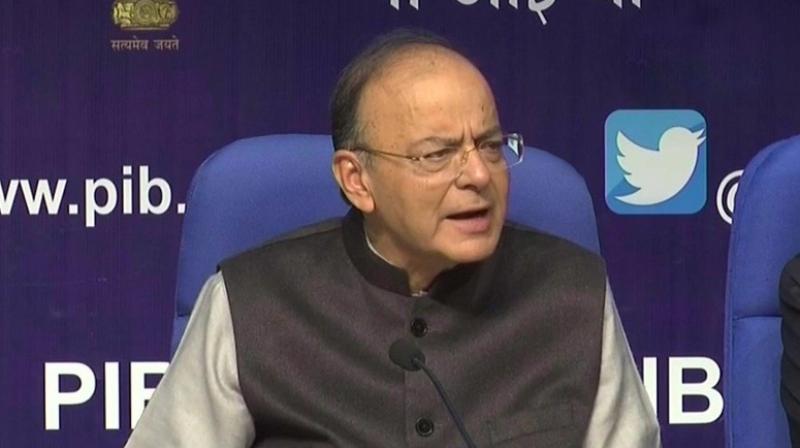Finally, rural India gets some attention

The pathbreaking Budget that finance minister Arun Jaitley presented on Thursday stands out for its heavy tilt towards the revival and development of rural India’s economy. Earlier, agriculture usually got a passing mention as the focus was on industry. While India may no longer live in its villages, as Mahatma Gandhi once said, it’s a fact that 60 per cent of the population still lives in villages and small towns.
Bharat, as rural India is often called, has long been neglected and deprived of facilities like healthcare and education in favour of urban India, which became a magnet for young village youth seeking employment. Whether the change of heart was brought about by the large number of farmers’ suicides or it’s a considered policy to make amends for the devastation caused to cash-reliant rural India by the hare-brained demonetisation move, the tilt was long overdue. There are several advantages to developing roads and rural electrification as these would not only provide jobs but also increase rural productivity and boost the overall economy. More purchasing power in rural areas will boost consumption of healthcare, consumer and white goods produced in urban India. It’s a fact that in areas where there’s no electrification life comes to a standstill after sunset. There are 40 million households that still don’t have electricity. This will hopefully be remedied if the rural electrification and sanitation programmes are implemented sincerely, specially in the last mile — that is, actually reaching people’s homes.
But Mr Jaitley’s real game-changer was the National Health Protection Scheme, covering 10 crore poor families or 50 crore people. This could help bring a sheen to India’s global image, where it ranks 154 out of 195 countries on healthcare access, according to the UK’s prestigious Lancet. India, which prides itself in being the fastest growing economy, lags behind Nepal, Bangladesh, Ghana and Liberia on this front. The NHPS, or “Modicare”, as some analysts called it, will be the largest such scheme worldwide, covering five lakh families annually for hospitalisation care. This is good news for hospitals and it must be ensured hospitals don’t hike their charges.
There are a few negatives in the Budget — like the status quo on individual income-tax, where some concessions were expected. Perhaps the finance minister has a good reason for this, and may reveal it soon. Interestingly, the Budget will boost private investment as customs duty has been imposed on items like mobile chargers and TVs. Manufacturing, which is a low 24.2 per cent of GDP compared to the world average of 30.5 per cent, may get a much-needed push due to the reduction in corporate tax. This is a silver lining for private investment, languishing due to lack of incentives.
Finally, it’s a Budget with a heart, with something for everyone: from infrastructure to the small and medium industries to salaried people, women, retirees and senior citizens.

